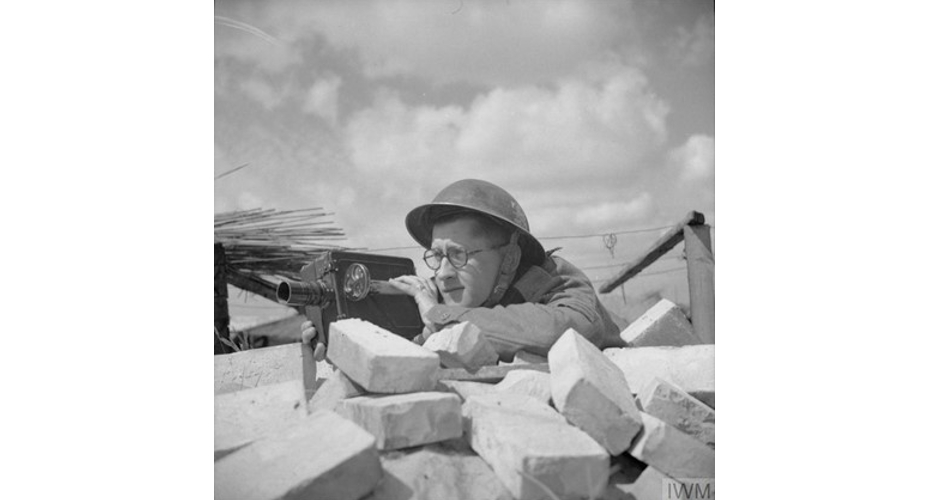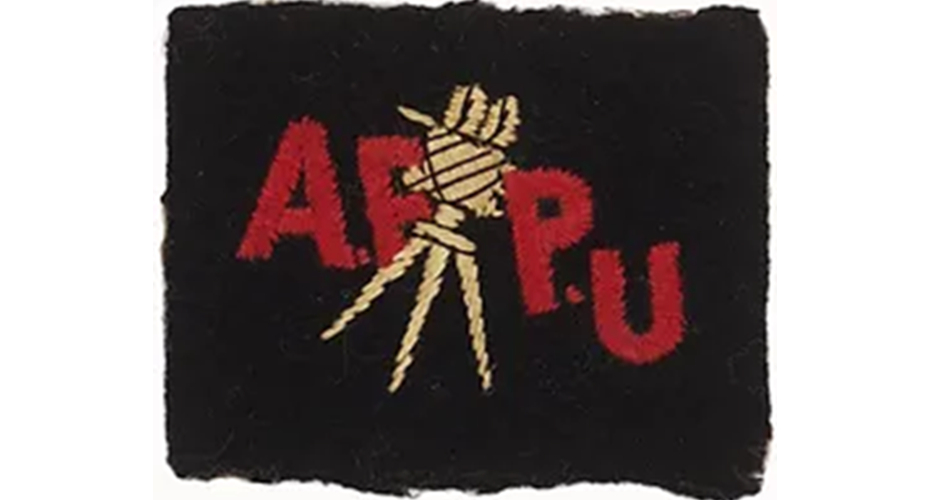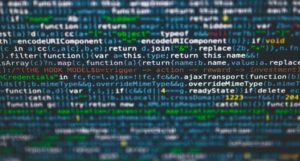D-Day 80th Anniversary: The film footage of the Normandy Landings

George Laws poses with his DeVry camera, before D-Day. Image: IWM (BU 8353)
In the week of the 80th anniversary of the D-Day landings, academics from across the Faculty of Arts, Humanities and Social Sciences are providing a series of opinion pieces from different disciplinary contexts.
In our fourth piece, published on the anniversary itself, Matt Lee, Assistant Curator at the Bill Douglas Cinema Museum, looks at the incredible work of the Army Film and Photographic Unit, whose footage from the day formed the basis of newsreels and documentaries.
D-Day was the largest seaborne invasion in the history of warfare and while some of the events have become firmly planted in the public consciousness (and fictionalised in film and television), the people who created the lasting visual record of the invasion, apart from Robert Capa, are less well known, even if their film and photographs have become iconic representations of D-Day, used in hundreds of documentaries and films going back decades.
Contrary to common belief, most of the footage shot on 6th June from a British perspective was not the work of newsreel cameramen, but military combat cameramen – the Army Film and Photographic Unit (AFPU). Newsreels during the Second World War were screened to millions in cinemas up and down the country, but they relied heavily on the work of the AFPU for moving images. In the same way, the newspapers were indebted to the photographs shot by the AFPU.

Who were the AFPU? At the outbreak of the Second World War, the British government were reluctant to capture imagery of the conflict – so much so that the Secretary of State for war issued a notice banning photography of the military. However, almost immediately after this came into effect, the first Official War Office Cinematographer was appointed: Harry Rignold. Over the next five years the number of cameramen expanded, first as part of the Army Film Unit and then, in 1941 as the Army Film and Photographic Unit. The AFPU recruited from within the army and film experience was not a prerequisite. The men were given the rank of sergeant and sent to Pinewood Studios where they received eight weeks training followed by a stint with a Guards Battalion and time at battle school. A glimpse of their training can be found in this film, hosted by the Imperial War Museum.
Soon after training they were dispatched to various theatres and would record events behind the lines and at the front line. It was their job to capture the operations of the British Army for publicity, propaganda and War Office use. They were not civilians, but army personnel armed with a camera (and a Webley revolver, if things became desperate).
The official film and photographic record of the D-Day landings was taken by No. 5 AFPU under the command of Major Hugh Stewart. On the 6th June seven cameramen landed on Sword, Juno, and Gold beaches (these men volunteered due to the dangers involved) and two more, a little later in the morning. Various AFPU photographers also landed on June 6th.
The cameramen were equipped with a 35mm camera, either DeVry Model B or a Vinten Model K Mark I ‘Normandy’. The cameras were loaded with Black and White, mute film stock, between 100 feet and 200 feet – this meant they could only capture short sequences before having to reload. It also meant that when the footage was later used in newsreel, sound effects, commentary and music were routinely added. As well as a cine camera, the men had a stills camera, spare rolls of film, dope-sheets (a sheet to note down what, where and when they filmed events) and a chalk board that was usually inserted at the start of the shot.
Due to the amphibious nature of the landings, the AFPU were able to film the bumpy crossing of the channel leading up to disembarkation relatively easily, but for the actual beach landings, it was very difficult and only a few images record this moment.

In the main, the men stored their cameras in waterproof bags, due to the risk of water damage or losing them in the scramble ashore. However, once on the beach they were able to film fragmentary shots of other troops landing, vehicles on fire, the wounded or soldiers moving-up the beach.

It’s worth remembering that they were often under fire when filming and understandably much of the footage is low angle, as the cameraman would often be crouching or in a prone position, unless an opportunity for an elevated shot was possible. A tripod was not a practical proposition, and consequently, most of the footage was shot hand-held. The changing of film rolls was complicated by sand and water and the general melee on the beaches. It is therefore not surprising that the footage shot on D-Day is very different to the high-octane, harrowing and visceral depictions in Saving Private Ryan and other film treatments.
Who were the men? The names of the AFPU soldiers who filmed the events on D-Day are largely unknown today as their work is usually uncredited. Ernest Walter one of the cameramen who landed on D-Day but was not able to film anything of the initial landings as he was having to take cover and try and stay alive as he was pinned by enemy fire. It was only later on June 6th that he was able to get footage of the beach. Ian Grant and George Laws managed to capture some remarkable footage, but both had to deal with technical camera issues, limiting their output.
Desmond O’ Neill who landed on Sword Beach found it difficult to get off the beach due to artillery and gunfire but managed to capture an iconic image of a German prisoner with two British soldiers. As O’ Neill was trying to leave the beach he was shot in the elbow and was evacuated back to England. A soldier next to him was killed. Billy Greenhalgh who also landed on Sword Beach was injured by mortar fire, but he managed to film captivating footage of No. 45 Commando disembarking under fire.
William Norman Clague another member of No. 5 AFPU went ashore with No. 6 Commando at Queen Beach. He was a 26-year-old Manxman and he filmed on D-Day avoiding both injury and technical problems. However, only six days later, on June 12th he was killed in action by mortar fire whilst taking shelter in a building at Amfreville. The last footage he shot, only a few hours before his death, was an atmospheric sequence of a Commando mortar platoon at dusk.
He was the first AFPU soldier to die in North-West Europe, but he would not be the last.




